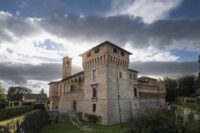
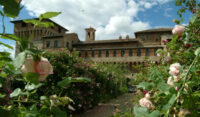

Between the late seventeenth and early eighteenth centuries, its park was organized into seven main areas enclosed by perimeter paths set at the edge of the moat and boundary wall. One of these was occupied precisely by the labyrinth created for the leisure of the lords and formed by tall boxwood hedges. The layout, measuring approximately 670 square meters, is trapezoidal in shape with three distinct centers, with a single access, on either side of which two cypress trees, still living, were planted on November 4, 1694, and are among the oldest trees in the garden. In the castle’s archives are some drawings relating to its design and construction, in particular a plan dated 1706, the Pianta del palazzo e giardino della villa di S. Giustino dei sign.ri March.si Bufalini, from which it is possible to see how its layout has remained unchanged over the centuries. This suggests that at least part of the boxwood plants are those planted in 1692, making the labyrinth at Castello Bufalini one of the oldest in Europe.
“The labyrinth is not only an exceptional botanical work, but an esoteric idea that is transformed into an experience,” says Costantino D’Orazio, director of the National Museums of Perugia-Regional Directorate Museums Umbria “That’s why the reopening of the labyrinth at Bufalini Castle enriches the charm of a place that will hold many surprises for the public in the coming years.”
“The opening to the public of one of the most interesting hedge labyrinths on the Italian scene,” says Veruska Picchiarelli, Director of Castello Bufalini “It is part of a process of recovery and re-evaluation of other areas, both internal and external, of the entire complex, which will lead starting in the coming months to double and totally upgrade the tour route.”
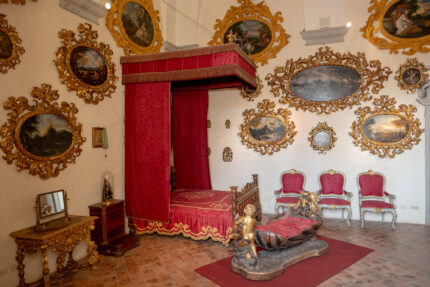
* This article was originally published here





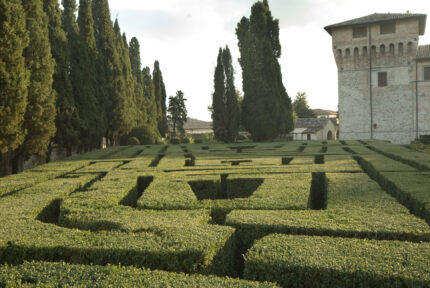
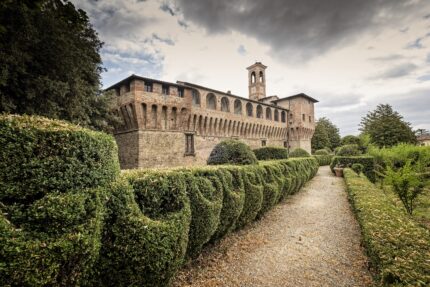



No comments:
Post a Comment